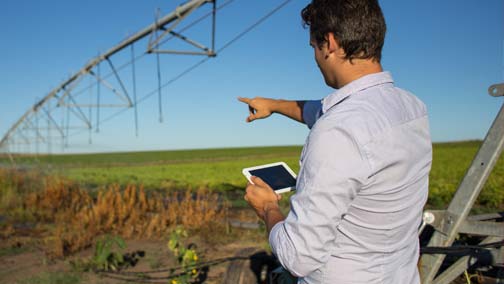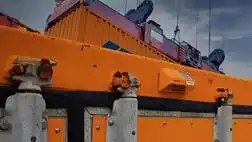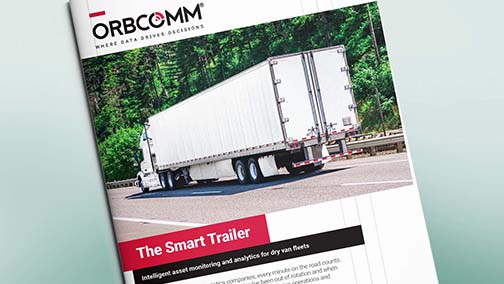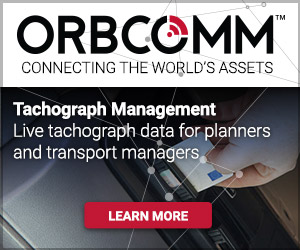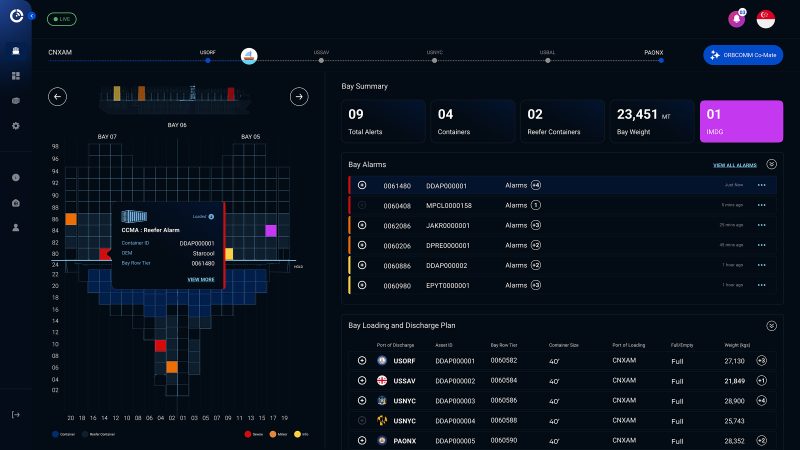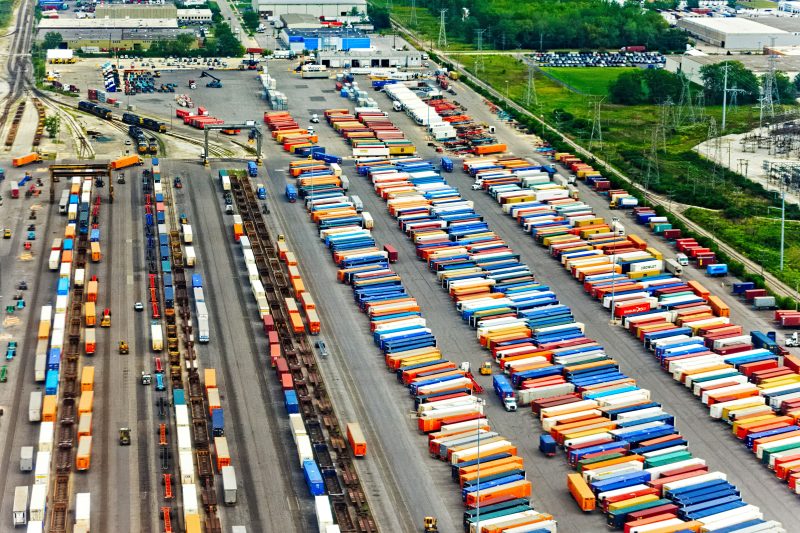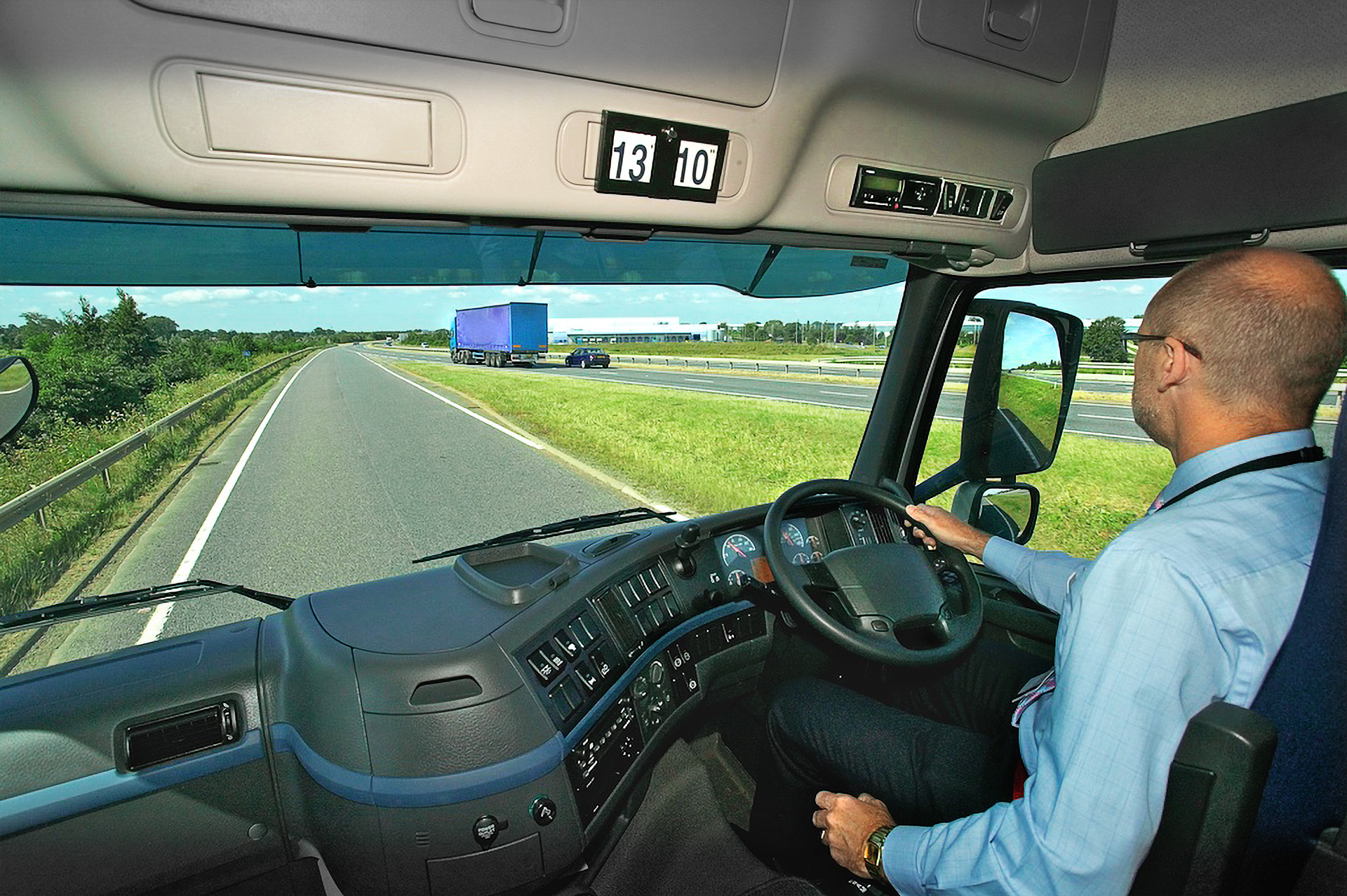
Driving Without a Tacho Card
- Blog
- Transportation
- Driving Without a Tacho Card
- Apr 04, 2018
- Cody Lirette
Driving without a tacho card must rank as one of the most fundamental and obvious offences that a HGV truck driver could commit. And yet, as any reading of regular UK Traffic Commissioner reports will show, it continues to happen, resulting in fines for driving without a tacho card.
For many years now, anyone employed as drivers have had to keep a record of their for-work driving activity and to produce it when demanded by proper transport authorities (Regulation (EC) 561/2006). This is made possible by a digital tachograph system, which must by law be fitted to every relevant vehicle produced after 2006. These log not just the driving speed of the vehicle, but also the time the driver has spent working.
What is a tacho card?
There are actually 4 types of digital tachograph cards: those for drivers, company cards, control cards and workshop cards. Here, we’ll be focusing only on driver cards.
The card itself bears information about the authority (usually an EU country) who issued it, the dates and countries in which it can be validly used, and the name, DOB and driving license number of the driver themselves.
When used, a tacho card tracks the specific vehicles it was used in, as well as the dates and times of that use. It records that vehicle’s odometer readings and its registration number. It records the time and total distance of each trip taken, and the activity states of that journey (‘break’, ‘drive’, etc.). It also logs the presence and details of any co-driver or drivers.
A digital tachograph card serves as a record of when the driver is working, and can be queried to show whether the hours they have spent driving and resting are within the limits set down by law. Vehicles generally can be operated without a card inserted, but this is against regulations except in certain circumstances, and the vehicle itself will make a note of any time it is used without a card.
When is it OK to drive without a tacho card?
If you have had a tacho card issued which is still valid, but it has been lost, stolen or damaged to the extent that it will not function in the digital tachometer of your vehicle, you can still lawfully operate that vehicle within certain limits. The card must be permanently lost, though. If it has simply been mislaid, forgotten or left behind, the driver is required to retrieve it, and cannot engage in work-based driving until they have done so.
In order to be driving without a digital tacho card you must:
Inform the DVLA (or DVLNI, if applicable) that your card has been lost, stolen or damaged. If you realise the card is lost, stolen or damaged outside of the replacing agency’s normal working hours, you are required to report it as soon as possible during their open hours.
Inform your superior, and anyone else your employer requires of you.
Apply for a new card immediately, which will cost £19 unless you are applying for a replacement for a faulty card.
Make a hardcopy printout from your digital tachograph at the beginning or end of each journey you make, and record your name and DL number on the back of each page.
Keep these records available for inspection for 28 calendar days, and must then pass them to the vehicle operator.
Only drive without a tacho card for a maximum of 15 calendar days. The DVLA is required to issue you a new card within 5 working days, so this should not be a huge problem.
If your card has expired, you effectively don’t have one. You will need to wait until a replacement card is in your hand before you can start driving again. Manual entries for 15 calendar days can only be made if a driver’s card has been lost, damaged, stolen or is malfunctioning.
Click here to get a detailed overview of the UK’s rules on tachographs
Hauliers can rely on ORBCOMM’s Tachograph solution to ensure up-to-date compliance with legislation. To learn more, get in touch with us at sales@orbcomm.com.

Cody Lirette is Senior Content Marketing Manager at ORBCOMM. With over a decade of marketing and communications experience for both the public and private sector, he uses his passion for innovative technology and plain language to build compelling content that inspires action.




